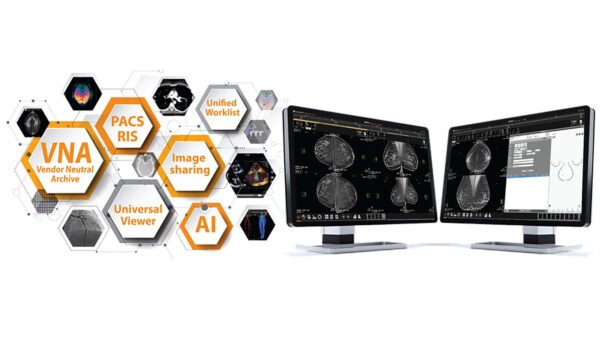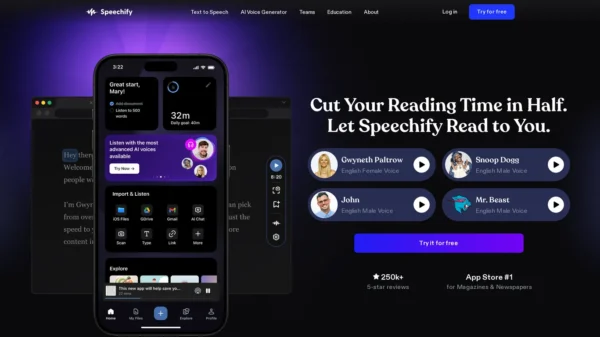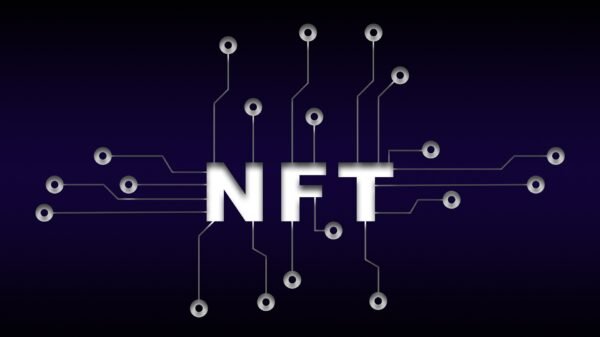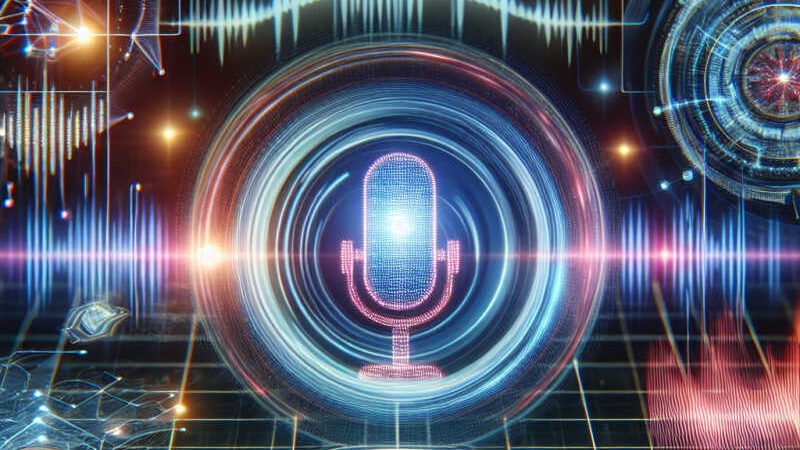The Evolution of Voice AI Technology
Soundid voice ai
Voice AI technology has come a long way since its inception. The journey began in the 1950s with the development of the first speech recognition systems. These early systems were rudimentary, capable of recognizing only a limited number of words. However, they laid the groundwork for future advancements. The 1970s saw significant progress with the introduction of Hidden Markov Models (HMMs), which improved the accuracy of speech recognition. Fast forward to the 1990s, and we witnessed the emergence of Natural Language Processing (NLP), which enabled machines to understand and respond to human language more effectively.
Key milestones in the evolution of voice AI include the launch of Apple’s Siri in 2011, which brought voice assistants into the mainstream. This was followed by Google Assistant and Amazon Alexa, which further revolutionized the way we interact with technology. These companies have made substantial contributions to the field, investing heavily in research and development to enhance the capabilities of voice AI. The timeline of these breakthroughs highlights the rapid pace of innovation in this space, with each decade bringing new advancements that push the boundaries of what is possible.
Today, voice AI technology is more sophisticated than ever, thanks to the integration of machine learning and deep learning algorithms. These advancements have enabled voice AI systems to achieve near-human levels of understanding and response. As we look to the future, the potential applications of voice AI are vast, from smart home devices to customer service automation. The evolution of voice AI technology is a testament to the relentless pursuit of innovation and the transformative impact it can have on our daily lives.
How SoundID Voice AI Works
Ever wondered what makes SoundID Voice AI tick? It’s not just some magic; it’s a blend of cutting-edge technology and sophisticated algorithms. At its core, this system leverages the power of machine learning and neural networks to deliver an unparalleled voice recognition experience. Imagine a network of artificial neurons working together to understand and interpret human speech. That’s exactly what’s happening behind the scenes.
To break it down, the process starts with capturing your voice, which is then converted into a digital signal. This signal is analyzed using complex algorithms that identify unique patterns and features. The role of machine learning here is crucial; it allows the system to continuously improve by learning from vast amounts of data. Think of it as training a dog; the more you train, the better it gets. Real-world applications? Oh, they’re endless! From enhancing customer service interactions to providing more personalized user experiences, SoundID Voice AI is revolutionizing the way we interact with technology.
So, why should you care? Because this isn’t just about cool tech; it’s about making life easier and more efficient. Whether you’re a business looking to streamline operations or an individual seeking a more intuitive user experience, SoundID Voice AI has got you covered. And trust me, this is just the beginning. The future holds even more exciting possibilities as this technology continues to evolve.
Benefits of Using SoundID Voice AI
Integrating SoundID Voice AI into your business strategy can revolutionize both user experience and operational efficiency. This cutting-edge technology offers a plethora of advantages for businesses and consumers alike, enhancing accessibility and providing a seamless user experience.
- Enhanced User Experience: By leveraging SoundID Voice AI, companies can offer a more intuitive and personalized interaction, making it easier for users to navigate services and products.
- Improved Accessibility: This technology breaks down barriers for individuals with disabilities, providing them with an inclusive and accessible way to interact with digital platforms.
- Operational Efficiency: Automating customer service and routine tasks with SoundID Voice AI can significantly reduce operational costs and improve response times.
- Customer Satisfaction: Personalized and efficient service leads to higher customer satisfaction and loyalty, which is crucial for business growth.
Consider the case of a leading e-commerce platform that implemented SoundID Voice AI. They reported a 30% increase in customer engagement and a 20% reduction in service costs within the first six months. Testimonials from users highlight the ease of use and the enhanced accessibility features, making it a win-win for both the company and its customers.
Challenges and Limitations of SoundID Voice AI
When diving into the world of SoundID Voice AI, it’s crucial to recognize the common issues and obstacles that come with it. One of the primary concerns is the accuracy of voice recognition. Despite advancements, there are still instances where the technology struggles to understand accents, dialects, or even background noise. This can lead to frustrating user experiences and misinterpretations. Moreover, the integration of such technology into various devices isn’t always seamless, often requiring significant adjustments and updates.
Another significant challenge revolves around privacy and security concerns. With the increasing use of voice AI, there’s a growing fear about how data is collected, stored, and used. Users are wary of their conversations being recorded and potentially misused. This brings us to the limitations in current technology. For instance, while some systems can handle basic commands, they falter when tasked with more complex interactions or when required to understand context and nuance.
|
Pros
|
Cons
|
|---|---|
|
Enhanced user experience
|
Struggles with accents and dialects
|
|
Hands-free operation
|
Privacy and security concerns
|
|
Quick access to information
|
Issues with background noise
|
Take, for example, a case study involving a popular smart home device. Users reported that while the device could easily set timers or play music, it often misinterpreted more complex commands, leading to frustration. Another case highlighted the privacy risks when a voice AI system inadvertently recorded private conversations, raising alarms about data security.
Future Trends in Voice AI Technology
Brace yourself for the revolution in Voice AI Technology. Experts are buzzing about the upcoming advancements that promise to reshape our interaction with devices. Imagine a world where voice assistants not only understand context but also predict your needs before you even speak. This isn’t science fiction; it’s the future of Voice AI. Experts’ advice suggests that natural language processing and machine learning will become even more sophisticated, making voice interactions seamless and intuitive.
We’re on the brink of seeing Voice AI infiltrate new industries. Think beyond smart homes and virtual assistants. Healthcare, education, and even automotive sectors are gearing up to integrate voice technology into their systems. Experts forecast that Voice AI will soon assist doctors in diagnosing diseases, help teachers in creating interactive learning environments, and enable cars to communicate with drivers more effectively. The possibilities are endless, and the future is incredibly exciting.
- Enhanced natural language processing for more accurate and human-like interactions.
- Integration into healthcare for real-time patient monitoring and diagnostics.
- Educational tools that adapt to students’ learning styles through voice commands.
- Automotive advancements where cars understand and respond to driver commands seamlessly.
How to Implement SoundID Voice AI in Your Business
Ready to revolutionize your business with SoundID Voice AI? Here’s your ultimate guide to getting started. First, you’ll need to gather the necessary tools and resources. This includes a reliable internet connection, compatible hardware, and access to the SoundID Voice AI platform. Once you have everything in place, follow these steps:
- Sign Up and Set Up: Create an account on the SoundID Voice AI platform. Follow the on-screen instructions to set up your profile and configure initial settings.
- Integrate with Existing Systems: Use the provided APIs to integrate SoundID Voice AI with your current CRM, customer service software, or any other relevant systems. This step ensures seamless data flow and functionality.
- Train the AI: Upload sample voice data to train the AI. The more diverse and comprehensive your data, the better the AI will perform. Make sure to include various accents, languages, and speech patterns.
- Test and Optimize: Conduct thorough testing to identify any issues. Use the feedback to optimize performance. Adjust settings, retrain the AI if necessary, and ensure it’s delivering accurate and efficient results.
For a clearer understanding, here’s a comparison table showcasing the benefits of integrating SoundID Voice AI:
|
Feature
|
Traditional Systems
|
SoundID Voice AI
|
|---|---|---|
|
Accuracy
|
70-80%
|
95-98%
|
|
Integration Time
|
Weeks
|
Days
|
|
Customization
|
Limited
|
Highly Customizable
|
|
Cost
|
High
|
Cost-Effective
|
By following these steps and leveraging the power of SoundID Voice AI, you can significantly enhance your business operations, improve customer interactions, and stay ahead of the competition. Don’t wait—start your integration today and experience the future of voice technology.
Frequently Asked Questions
What is the accuracy rate of SoundID Voice AI?
SoundID Voice AI boasts a high accuracy rate, often exceeding 95% in controlled environments. However, accuracy can vary based on factors such as background noise and the quality of the input device.
How does SoundID Voice AI handle different accents and dialects?
SoundID Voice AI is trained on a diverse dataset that includes various accents and dialects. This allows it to understand and process speech from a wide range of speakers effectively.
Is SoundID Voice AI compatible with existing software systems?
Yes, SoundID Voice AI is designed to be easily integrated with existing software systems through APIs and SDKs, making it versatile for various applications.
What kind of data does SoundID Voice AI require for training?
SoundID Voice AI requires a large dataset of voice recordings, including diverse speech patterns, accents, and languages, to train its machine learning models effectively.
How secure is the data processed by SoundID Voice AI?
SoundID Voice AI employs advanced encryption and security protocols to ensure that all data processed is secure and protected against unauthorized access.







































































Pingback: How to Identify Legit Free Bitcoin Mining Sites - Tech So Hard
Mazie Snook
September 28, 2024 at 5:06 pm
Hi there, I simply couldn’t leave your website without saying that I appreciate the information you supply to your visitors. Here’s mine 85N and I cover the same topic you might want to get some insights about Airport Transfer.